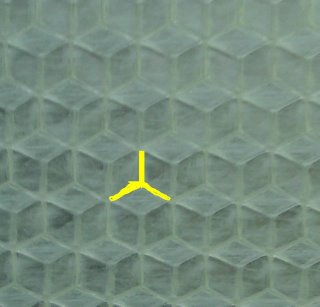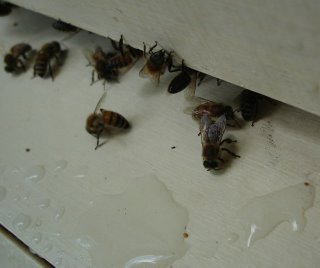
At 8 PM on a Monday night here is what the bees looked like outside of my Destin hive.
They are all doing what's known in the bee world as the Washboard dance. I found an article about it on a website from UC Davis' entomology department. The article said:
"Years ago
Dr. Norman Gary and Dr. Stanley Snyder tried to define and determine a purpose for the Washboard dance of honey bees. That
dance is described as bees with their heads pointing down, rocking back and forth on their second and third pairs of legs. They move their mandibles as if scraping the surface.
K. Boherer (Montgomery College, MD) and J. Pettis (Beltsville, MD) took a close look at the behavior and found the following. Workers don’t do that dance until they are 13 days old. Peak
behavior exists between 15 and 25 days old. Dancing can start in the morning, but more dancers are seen in late afternoon and into the evening. They danced a bit less on glass than on slate or
wood, but not significantly differently.
Exactly what they are doing still remains a mystery."
In
The Hive and the Honey Bee, the authors suggest that washboard behavior may serve as a "cleaning process by which the bees scrape and polish the surface of the hive."
BTW, for an amazing picture, click on Dr. Norman Gary's name (above)!






































